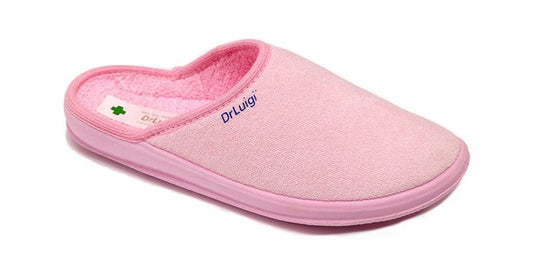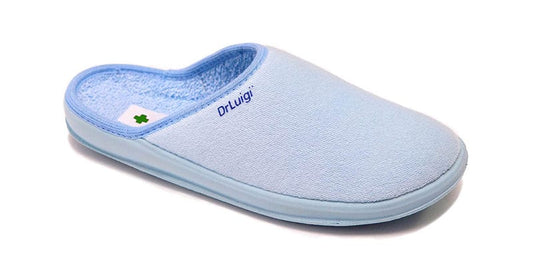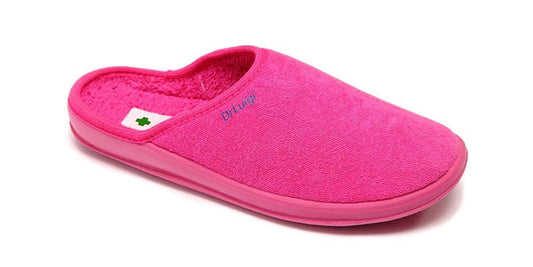1. Tearing (signs of show being worn down) on the shoe’s outer/inner edges, particularly near the heel
2. Regular Achilles tendon inflammation
3. Getting “Hammertoes” – typically the middle toe but also the little toe bending
4. Plantar fasciitis, also known as a heel spur, is a condition that affects the lower portion of the heel bone and is brought on by a damaged plantar fascia that has partially or completely ruptured connective tissue.
5. The occurrence of “Race’s Shin” frequently
6. ITB syndrome-related pain on the outside of the knee
7. Constant discomfort in the ankle joint

We can check how we walk in several easy ways. Everybody has a pair of worn-out sneakers or shoes at home. The soles of our shoes get worn out when we walk or run. It is most likely a normal arch if the sole is worn evenly across its entire surface (there is no “eaten” heel, outer or inner edge) and if both shoes are worn in the same manner. Supination results from wear on the shoe’s outer edge; pronation results from wear on the inner sole.
Another method is to use a wet foot to step on the paper and see what has been “outlined.” The footprint we leave behind will reveal whether we have a lowered, elevated, or normal type of foot, and pronators and supinator, respectively, are more likely to have a lowered or elevated arch. However, this is not always the case and is not the rule as many runners with normal feet still exhibit pronation or supination for reasons other than foot mechanics. In addition to these tests that we can perform on our own at home, there are professional methods as well. For instance, we can record our steps as we run and then analyze the recording to learn how we are treading.

1. Genetics – predispositions with a genetic etiology include:
• Variations in leg length
• “O legs” or “X legs”
• Deformities of the feet (congenital twisted foot, clubfoot, high instep…)
• Very broad feet
• Unstable ankles
2. Inadequate footwear – One of the potential causes of the foot’s supinated position is footwear that is too small (too narrow or too short). The foot’s arch rises when the shoes are too short, which makes it much simpler to turn the foot to the outside. Most frequently, this occurs when wearing extremely high heels or, for instance, when runners purchase sneakers that are too small. When purchasing sneakers, it’s common to overlook the fact that long-term running causes the leg to swell, necessitating the purchase of footwear that is one size larger than necessary for walking.
3. Obesity – An excessive amount of body mass will strain the knees and hips, which frequently take an external rotational position, which is reflected on the feet.
4. Muscle imbalance and inactivity – While living a sedentary lifestyle result in a general weakening of the muscles, some muscles are still actively used when you sit, stand, or walk. Some muscle groups overcompensate as a result of the movement’s poor mechanics. These are the muscle groups that most frequently cause foot supination.
5. Accidents – An injury to the Achilles tendon is the most frequent accident that frequently results in a supinated foot.
6. Other – Sedentary lifestyles, running on hard surfaces, restricted range of motion, prolonged standing, and insufficient exercise are some of the most frequent causes.





